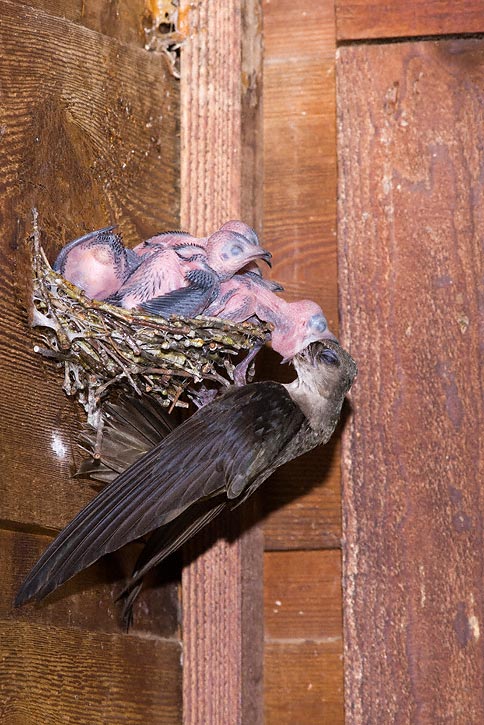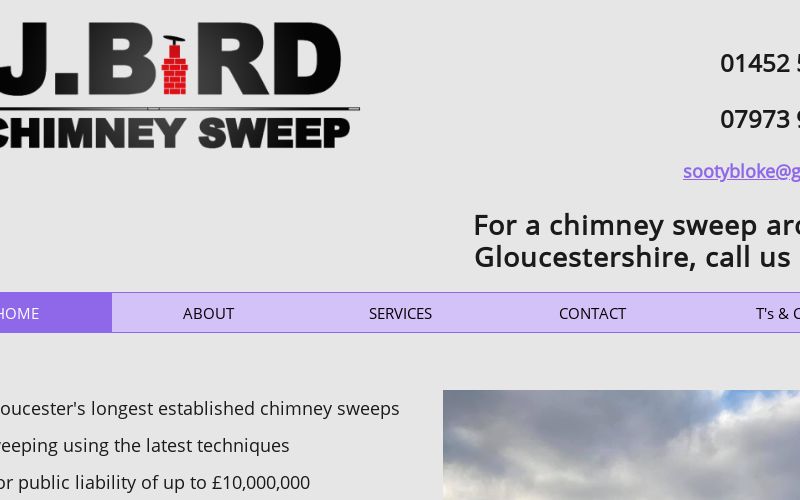

Pesticide use and agricultural intensification appear to may be reducing the amount of aerial food available for swifts, while tall buildings, wind turbines, and other structures increasingly occupy the airspace.Ĭhimney Swifts do most of their living in the air, but they must come to earth to breed.
#CHIMNEY SWEEP BIRD FULL#
What may appear to us as an empty sky is actually an ecosystem full of “aerial plankton” comprising airborne insects, spiders, and other minute lifeforms. The sky itself is increasingly understood as habitat that needs conservation to minimize impacts on wildlife. Habitat loss is also contributing to these declines. Widespread pesticide use is a major culprit, since swifts and other aerial-insect-eating birds - including Purple Martin and Common Nighthawk - require healthy populations of flying insects to survive. But even in those areas, swifts are becoming more scarce. These birds eat, drink, mate, and even sleep on the wing.Ī symbol of summertime across the eastern United States and into southeastern Canada, Chimney Swifts are most common in areas with an abundance of suitable chimneys for nesting and roosting. While Chimney Swifts (and the world's 100 or so other swift species) do in fact have feet, they're useful only for clinging to vertical surfaces. The family name, Apodidae, means "footless" in Greek. Like another famous group of fliers - the hummingbirds - swifts have long wingtip bones that give them added maneuverability in flight. Contact Terminix® today.The sooty-gray Chimney Swift is best identified by its sleek silhouette, often compared to a "flying cigar." Twittering, gliding, and diving, often high in skies above cities and towns, Chimney Swifts are among the most aerial of all birds. Let a wildlife technician help determine the most effective way to get them out and develop a customized solution to ensure they don’t come back. And, try to remember to close the flue.īird removal from a chimney is not always an easy task.

#CHIMNEY SWEEP BIRD PROFESSIONAL#
Consider consulting a professional about installing a chimney cap to stop birds from using it as an entry point.
#CHIMNEY SWEEP BIRD HOW TO#
In addition, birds may carry parasites and pathogens that can cause disease that you will want to avoid coming in to direct contact with.Īvoid dealing with how to get rid of a bird in your chimney or home altogether by taking some preventative measures. There are laws protecting specific birds. Removing a nest may sound like a good idea, but it is not recommended that you attempt it yourself. However, if the bird can’t find its way out, it may just tire and continue resting. You can attempt to scare a bird out of your chimney by making a loud noise or shining a bright light. Smoking could kill the bird while inside the chimney and any nesting material could pose a fire hazard. This method is not recommended and can be unsafe. roosting sites and the bird will most likely be too disoriented by the small, consolidated space to fly in to a trap. Traps are more effective in feeding sites vs. Attempting to use traps yourself may be difficult and ineffective for removing birds from a chimney. Bad odor coming from your chimney may be a sign that a bird has died and is beginning to decay. If a bird has nested and had babies in your chimney you will hear constant chirping as the babies call for their mother. If your chimney flue is not closed, you may be able to see the bird flying in and out of your home. Birds will make a lot of noise as they attempt to get out of your home including scratching, chirping, rustling and flapping. Before exploring bird removal from a chimney, there are a few signs that can help determine if your guests are, in fact, the feathered kind. Different wildlife species may try to enter your home at various times of the year.


 0 kommentar(er)
0 kommentar(er)
